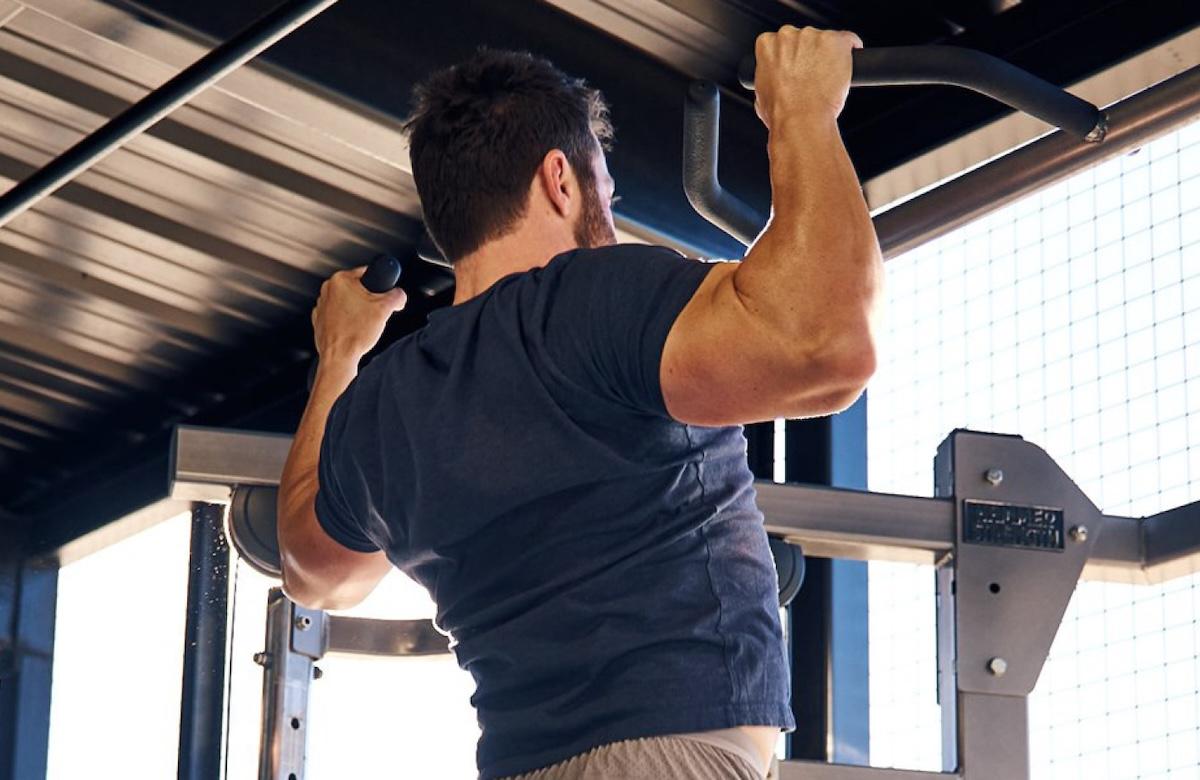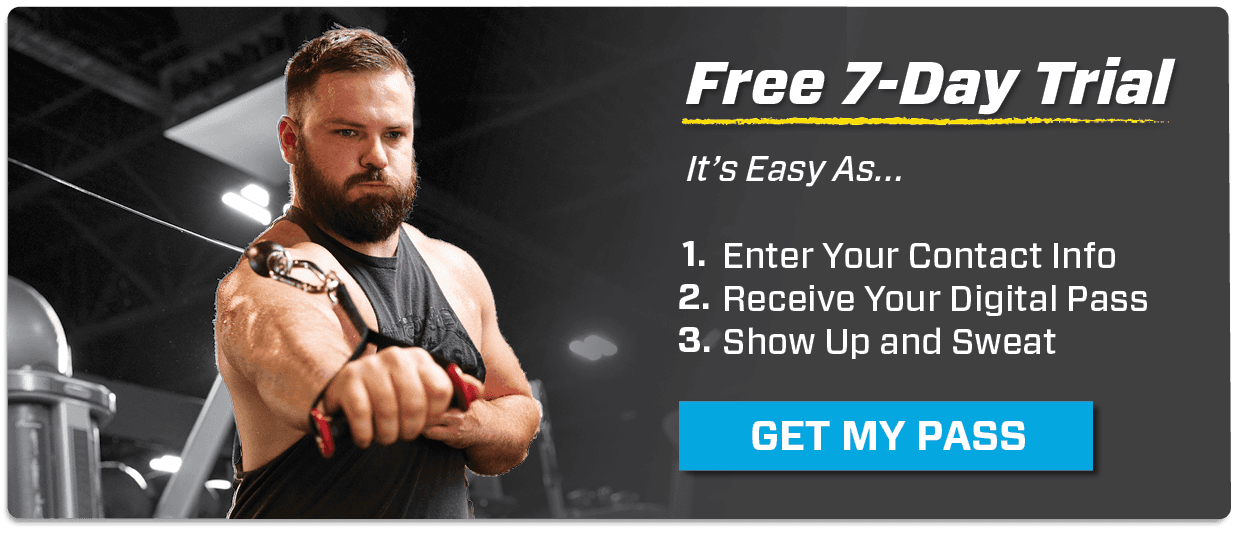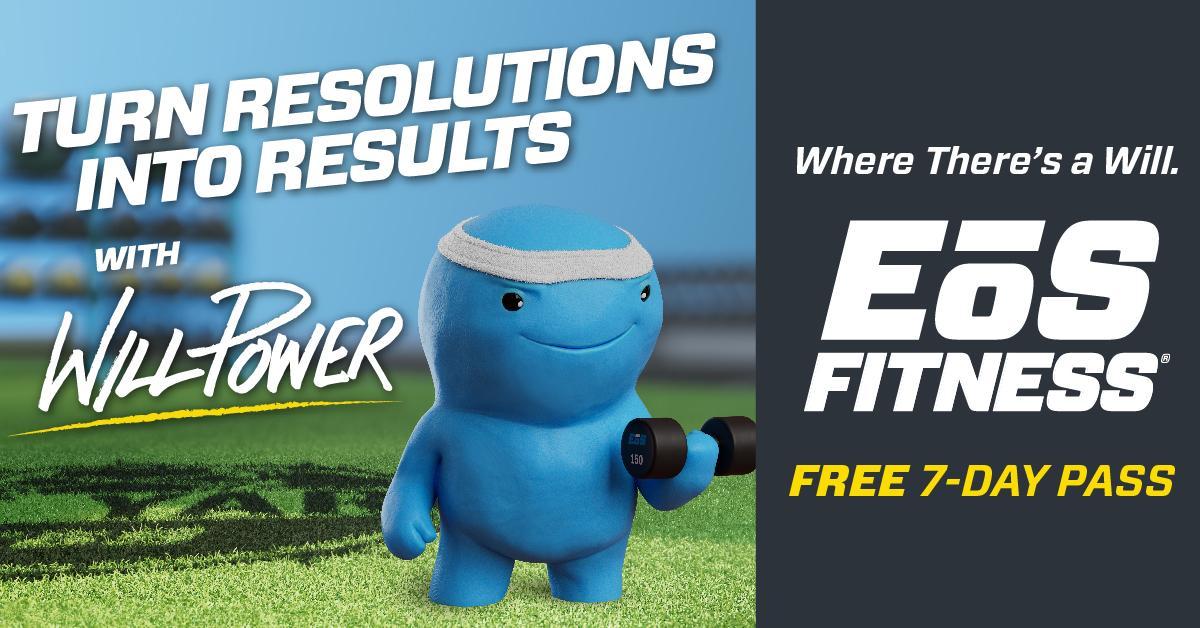PULL-UP TIPS: HOW TO GET BETTER AT PULL-UPS
Fitness Tips
Sep 28, 2023 • 7min read
Pull-ups are one of the most effective upper body exercises because they target a range of muscles including the back, shoulders and arms. Mastering this exercise can boost your overall strength and give you a sense of fulfillment.
Whether you’re a complete beginner or struggling to improve your pull-up game, this comprehensive guide will walk you through how to get better at pull-ups with the correct form, techniques, progressions and tips to help you learn the correct way to do pull-ups.
GOING BACK TO THE BASICS: HOW TO DO PULL-UPS FOR BEGINNERS
To start mastering the proper pull-up form, it’s crucial to understand the fundamentals. Here’s a breakdown of the proper pull-up technique:
- Begin by standing facing the pull-up bar. Reach up and grip the bar with your palms facing towards your body (underhand grip) and your hands slightly wider than shoulder-width apart.
- Hang from the bar with your arms fully extended, shoulders relaxed and feet off the ground. Maintain a straight body position from head to heels.
- Initiate the pull by engaging your back muscles. Visualize pulling your elbows past your ribcage and down towards your hips to effectively activate the targeted muscles. As you do this, lift your chest towards the bar, ensuring your core remains tight throughout the movement to maintain stability and form.
- Pull yourself up until your chin clears the bar. Pause briefly at the top, ensuring your chest is close to the bar.
- Slowly lower your body back to the hanging position while maintaining control. Fully extend your arms before starting the next repetition.
If you need assistance mastering this technique, sign up for a Complimentary Welcome Workout with a Personal Trainer at EōS Fitness.
PERFECTING YOUR PULL-UP FORM
Correct form is the foundation of mastering pull-ups. Here are some key points to focus on:
Keep Your Body Straight
Avoid swinging as this reduces the effectiveness of the exercise and increases the risk of injury.
Ensure A Full Range Of Motion
It’s important that you complete each repetition with your chin clearing the bar and arms fully extended at the bottom.
Control Your Movement
Control both the upward and downward phases of the exercise. Avoid using momentum to lift yourself up.
Don’t Forget To Breathe
Inhale as you hang from the bar and exhale as you pull yourself up. Maintain steady and controlled breathing throughout the set. Proper breathing ensures better muscle oxygenation, improving endurance and preventing premature fatigue, which is essential for perfecting your pull-up form.
PULL-UP PROGRESSIONS
Pull-ups can be daunting for beginners. If you’re struggling to perform a full pull-up, start with these pull-up progressions to build your strength gradually:
Negative Pull-Ups
This movement focuses on building strength through eccentric (lengthening) movement. Jump up to the top position of the pull-up and slowly lower yourself down.
Assisted Pull-Ups
Build your upper body strength by using a resistance band or assistance machine to reduce the load on your body as you perform pull-ups.
Inverted Rows
Another way to strengthen your back is to lie on your back under a bar or Smith machine, grasp it with an overhand grip and pull your chest up to the bar.
Lat Pulldowns
Use a lat pulldown machine to simulate the pulling motion of a pull-up.
Isometric Holds
At the top of a pull-up, hold the position for as long as you can to build strength.
PULL-UP TECHNIQUES FOR SUCCESS
Now that you’ve got the basics covered, let’s explore some techniques to help you excel in your pull-up journey:
Engage Your Core
A strong core is essential for stability and power during pull-ups. Focus on tightening your core muscles throughout the movement.
Retract Your Shoulder Blades
Before initiating the pull, retract your shoulder blades by pulling them down and together. This engages your back muscles, making the pull-up more effective.
Gradual Progression
Don’t rush your progress. Start with a manageable number of repetitions and gradually increase over time.
Rest Intervals
Allow your muscles to recover by taking adequate rest between sets. This ensures you can maintain good form throughout your workout.
Consistency
Make pull-ups a regular part of your fitness routine to see significant improvements.
PULL-UP TIPS FOR SUCCESS
To get better at pull-ups, consider these tips as part of your training routine:
Set Goals
Establish clear, achievable fitness goals for your pull-up journey. Whether it’s increasing your reps or mastering a particular variation, having goals keeps you motivated.
Vary Your Grips
Experimenting with different grip variations can help target different muscle groups and add variety to your pull-up training. Common grip variations include the overhand (pronated) grip, underhand (supinated) grip and neutral grip (palms facing each other).
Use Proper Equipment
Ensure you have access to a sturdy pull-up bar that can support your weight safely. At EōS, consider using the assisted pull-up machine or the power racks, both of which are designed to facilitate proper form and safe execution of pull-ups.
Stretch and Mobilize
Incorporate stretching and mobility exercises to improve your range of motion and prevent injury. Our Assisted Stretch Program is a great resource to ensure you are set up for success, available at select EōS locations.
Nutrition and Recovery
A balanced diet and adequate sleep are essential for muscle recovery and growth. Pay attention to your nutrition and recovery routines. EōS has partnered with Betr Health to give you a personalized health plan to restore the gut-brain connection. This approach includes accountability, expertise, habit formation and community.
Track Your Progress
Keep a training log to monitor your progress and make necessary adjustments to your workout plan. At EōS Fitness, tap into the power of EōS Smart Strength Workouts powered by EGYM. This advanced equipment automatically captures your progress, adjusts to your settings and stores your details. View all your tracked data seamlessly within the EōS Fitness Mobile App, making your fitness journey more efficient and personalized.
Seek Professional Guidance
If you’re struggling with pull-ups, consider working with a Personal Trainer at EōS who can provide personalized guidance and feedback.
PULL-UP FAQS
How many pull-ups should I be able to do as a beginner?
As a beginner, it’s common to start with the goal of being able to do at least one rep with proper pull-up form. Don’t be discouraged if you can’t do any initially. Focus on progressing gradually by using pull-up progressions and strength-building exercises. Over time, aim to work your way up to 5-10 consecutive pull-ups.
How frequently should I practice pull-ups?
The frequency of your pull-up training can vary, but it’s generally recommended to train pull-ups 2-3 times per week. Allow for adequate rest between sessions to promote recovery and muscle growth.
What if I can’t do a single pull-up?
If you can’t do a single pull-up, you’re not alone. Start with pull-up progressions, such as negative pull-ups, assisted pull-ups and inverted rows, to build your strength. Be patient and consistent with your training and you’ll gradually progress to full pull-ups.
Are there any safety considerations when doing pull-ups?
Safety is crucial when performing pull-ups. Ensure that the pull-up bar you’re using is sturdy and can support your weight. Maintain proper form throughout the exercise to minimize the risk of injury. If you have any existing medical conditions or concerns, consult with a healthcare professional or Personal Trainer before starting a pull-up routine.
How long does it take to master pull-ups?
The time it takes to master pull-ups varies from person to person, depending on factors like your starting fitness level, consistency in training and genetics. It may take several weeks to several months to progress from not being able to do a pull-up to performing one with ease. The key is to stay consistent and patient.
Is it normal to feel sore after doing pull-ups?
Yes! It’s normal to experience muscle soreness, especially if you’re new to pull-ups or have increased the intensity of your training. This soreness, known as delayed onset muscle soreness (DOMS), typically subsides within a few days. Ensure you warm up, cool down and stretch to minimize the severity of soreness and give your muscles time to recover between workouts.
Mastering pull-ups is a rewarding journey that not only enhances your physical strength but also boosts your confidence. Remember that progress takes time and consistency is the key to success. By following the correct form, practicing pull-up progressions and incorporating the pull-up tips and exercises outlined in this guide, you’ll be well on your way to becoming a pull-up pro.







